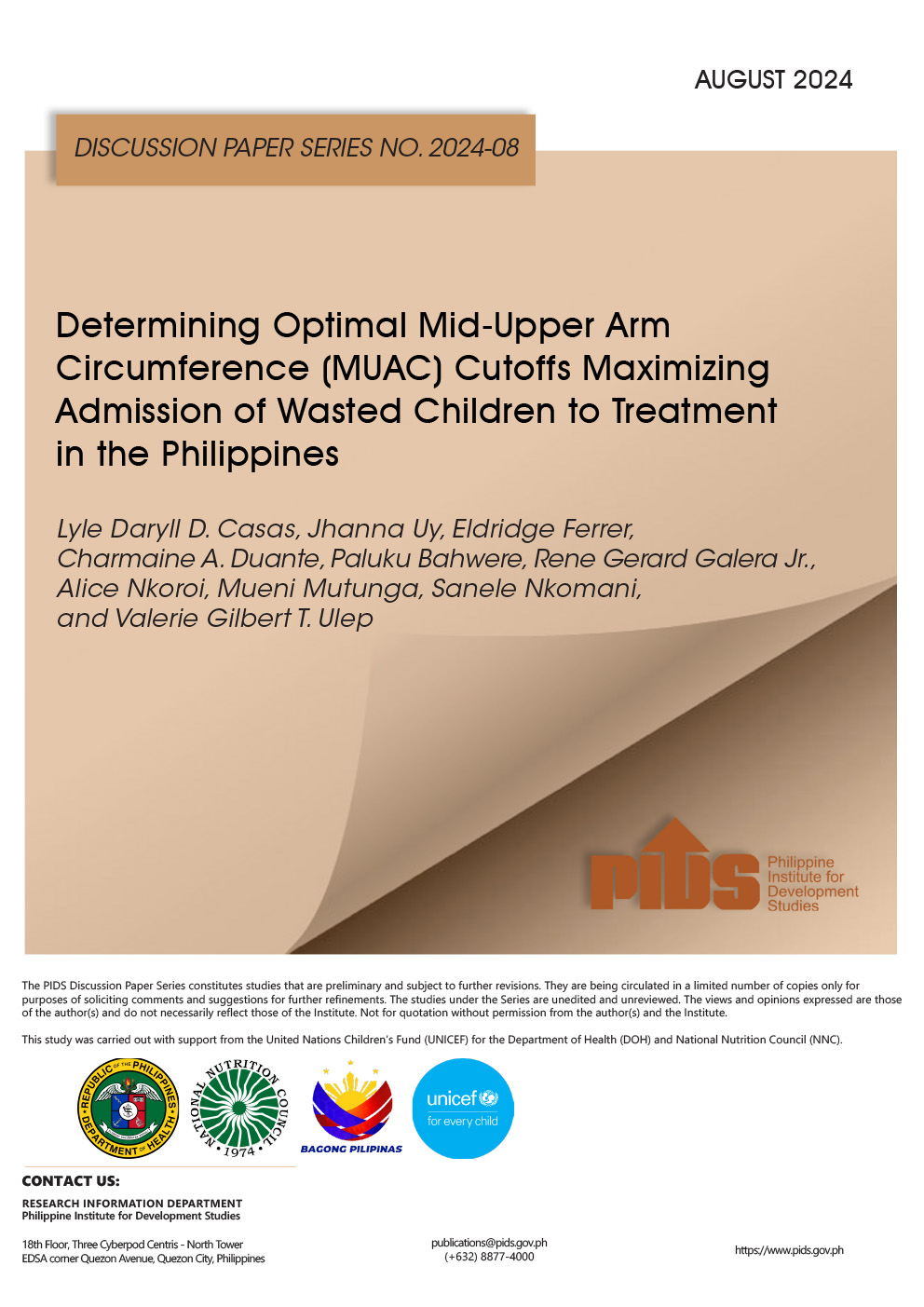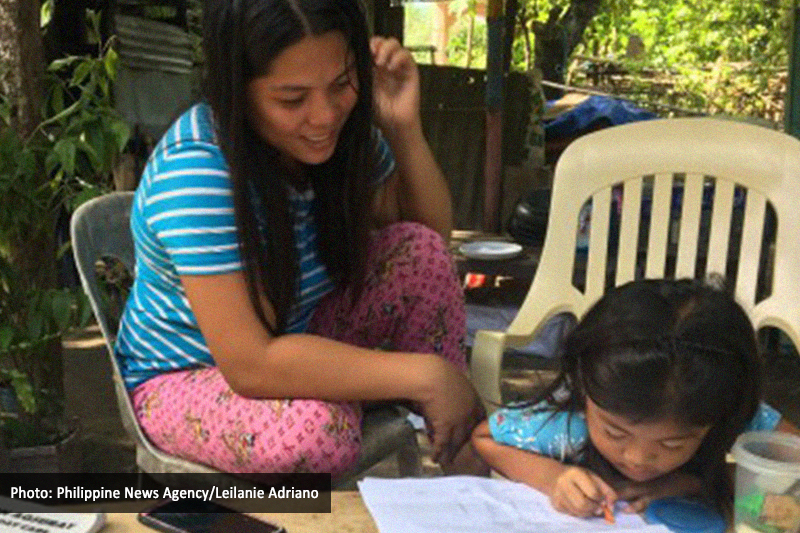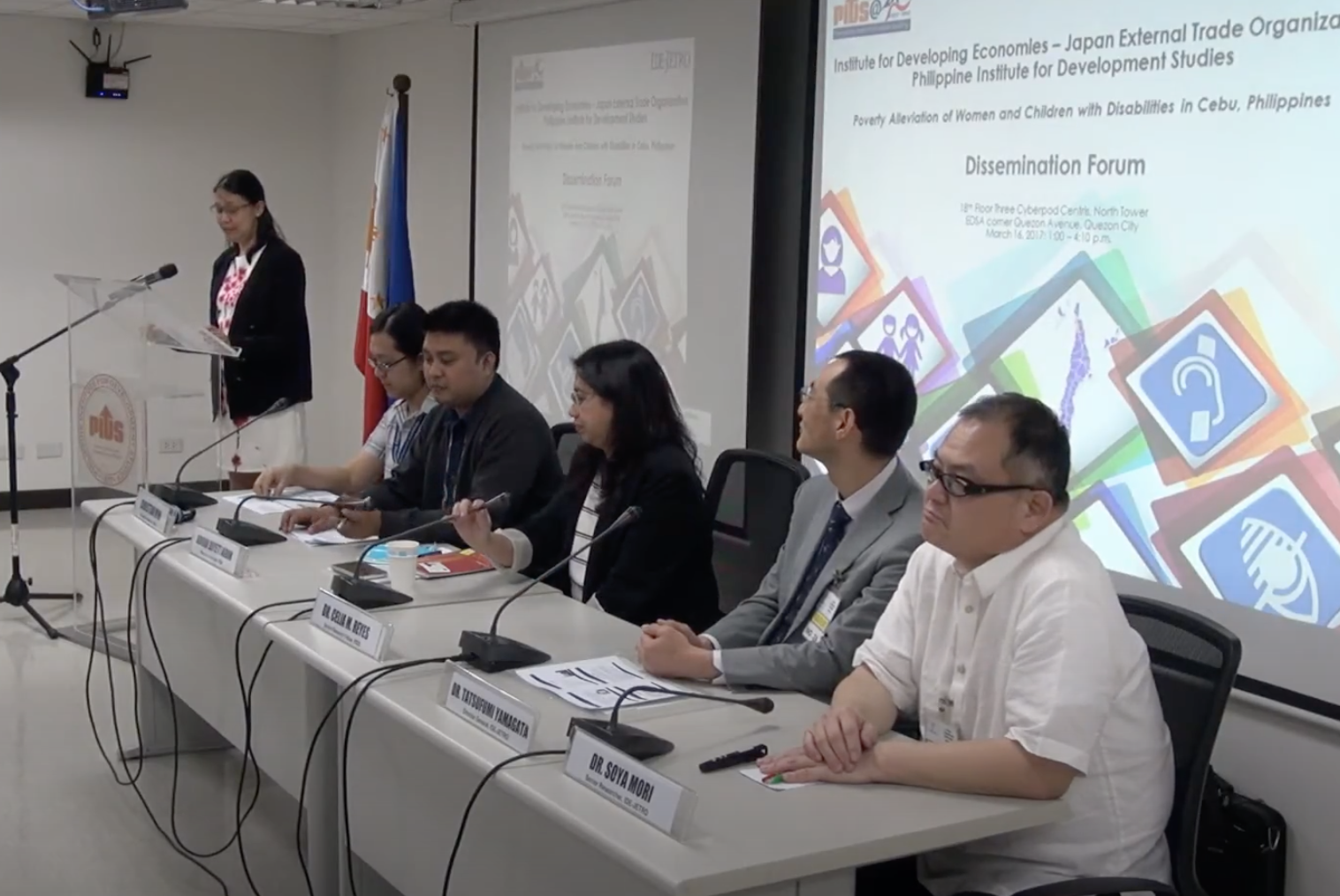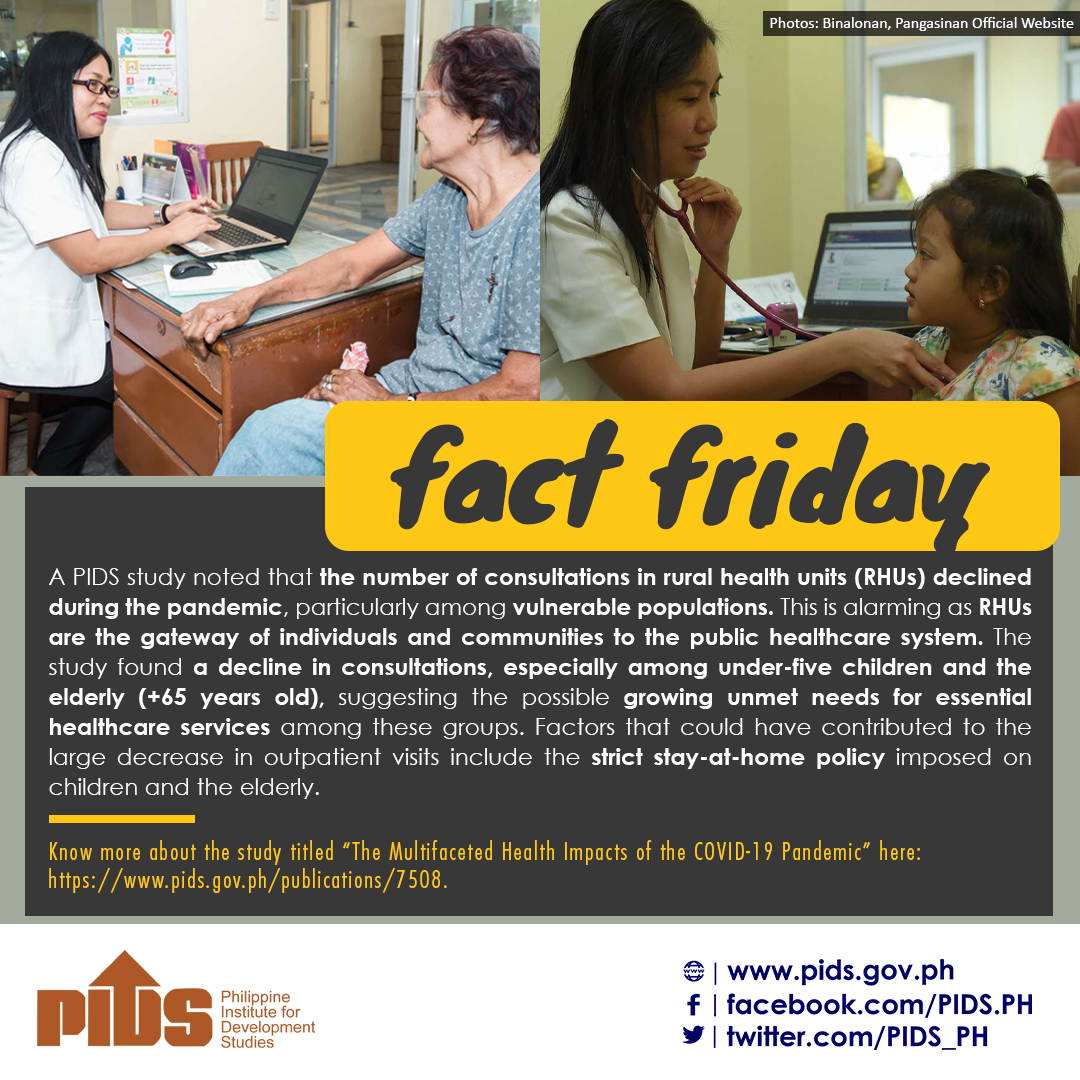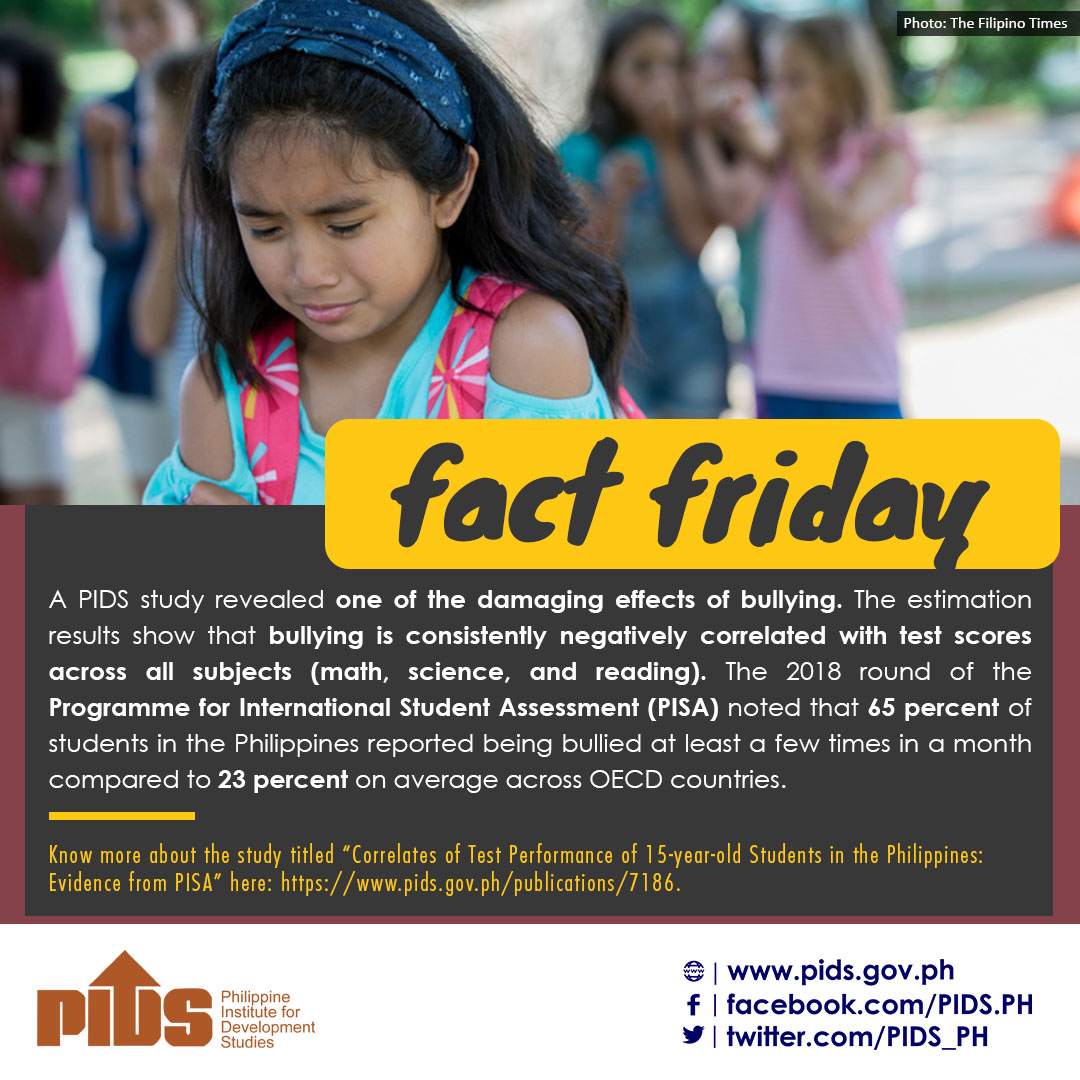In the face of the recent report of the World Bank that the country’s learning poverty—the portion of our 10-year-olds who could not read and understand simple texts—now stands at a shocking 90 percent, how the Department of Education (DepEd) addresses the meltdown of our reading literacy in the revised K-to-12 curriculum supposedly to be unveiled end of 2021 (“DepEd eyes review of learning competencies in K-12 program,” News, 6/22/21) bears watching.
Since the Programme for International Student Assessment (Pisa) fiasco two years ago, top DepEd officials have already been citing the need to address the reading literacy concern in the curriculum review (“DepEd chief issues directives to address the challenge of quality basic ed,” DepEd website), but until now they have yet to let on how exactly they will get that done. Their prolonged coyness on the subject is not reassuring since the root causes of our reading literacy woes are not hidden and complicated and could be addressed simply and directly.
What sent our reading literacy into a tailspin were the twin decisions of the DepEd to replace the time-honored “No Read, No Move” policy which prohibited the promotion of learners to Grade 2 unless they could read with the “zero nonreader in Grade 4” target in 2001, and to never enforce the latter reading cutoff. These reckless actions, in effect, granted learners the freedom to choose when to learn to read, and as our 90-percent learning poverty would show, majority of our public schoolchildren do not care about the basic learning skill. The clear solution, therefore, is to reinstate the “No Read, No Move” policy.
The DepEd dealt our reading literacy another deadly blow when, in adopting the mother tongue policy in 2012, it set the introduction of the English reading competency to the second semester of Grade 2. Thus, the solution is simply to return the competency to Grade 1. That the breathtaking folly was committed at all despite the following compelling facts is unthinkable:
First, English is the primary medium of instruction from Grade 4 onward, is our local and international assessment language, and the global lingua franca. It is axiomatic that the earlier Filipino children learn to read in it, the better.
Second, the delay undermines Republic Act No. 10533, because students who only learn to read in the test language in Grade 3 cannot be globally competitive, considering that other countries make their children read in their test language in Grade 1 or even earlier.
Third, loyal to the “No Read, No Move” policy, private schools successfully make their pupils read in English in Grade 1.
Fourth, starting from the American period, Filipinos learned to read in English in Grade 1. Many generations learned to do so sans the benefit of kindergarten education. The delay insults the young generation nowadays whose aptitude has been belittled without bases.
These illiteracy-inducing policies have already harmed our schoolchildren and the country more than enough. For one, we could have avoided the cellar in the 2018 Pisa—only 2 points separated the country from the Dominican Republic in reading literacy—had all our takers been reading since Grade 1. However, based on these facts, it is safe to assume some of them could not read: In SY 2018-2019, there were 29 Grade 7 nonreaders in the Sauyo High School, Novaliches, Quezon City (“Pag-asa sa Pagbasa,” GMA 7); and public elementary schools allowed nonreaders to graduate (“Pressures on public school teachers and implications on quality,” Philippine Institute for Development Studies).
Even if all the flaws of the curriculum identified by the experts are fixed, if the DepEd insists on starting to teach reading in English in the second semester of Grade 2, the revisions will not improve the quality of our basic education, because quality can never rise above the level of reading literacy, especially in the primary medium of instruction and local and international test language. The DepEd cannot escape that axiom.
Since the Programme for International Student Assessment (Pisa) fiasco two years ago, top DepEd officials have already been citing the need to address the reading literacy concern in the curriculum review (“DepEd chief issues directives to address the challenge of quality basic ed,” DepEd website), but until now they have yet to let on how exactly they will get that done. Their prolonged coyness on the subject is not reassuring since the root causes of our reading literacy woes are not hidden and complicated and could be addressed simply and directly.
What sent our reading literacy into a tailspin were the twin decisions of the DepEd to replace the time-honored “No Read, No Move” policy which prohibited the promotion of learners to Grade 2 unless they could read with the “zero nonreader in Grade 4” target in 2001, and to never enforce the latter reading cutoff. These reckless actions, in effect, granted learners the freedom to choose when to learn to read, and as our 90-percent learning poverty would show, majority of our public schoolchildren do not care about the basic learning skill. The clear solution, therefore, is to reinstate the “No Read, No Move” policy.
The DepEd dealt our reading literacy another deadly blow when, in adopting the mother tongue policy in 2012, it set the introduction of the English reading competency to the second semester of Grade 2. Thus, the solution is simply to return the competency to Grade 1. That the breathtaking folly was committed at all despite the following compelling facts is unthinkable:
First, English is the primary medium of instruction from Grade 4 onward, is our local and international assessment language, and the global lingua franca. It is axiomatic that the earlier Filipino children learn to read in it, the better.
Second, the delay undermines Republic Act No. 10533, because students who only learn to read in the test language in Grade 3 cannot be globally competitive, considering that other countries make their children read in their test language in Grade 1 or even earlier.
Third, loyal to the “No Read, No Move” policy, private schools successfully make their pupils read in English in Grade 1.
Fourth, starting from the American period, Filipinos learned to read in English in Grade 1. Many generations learned to do so sans the benefit of kindergarten education. The delay insults the young generation nowadays whose aptitude has been belittled without bases.
These illiteracy-inducing policies have already harmed our schoolchildren and the country more than enough. For one, we could have avoided the cellar in the 2018 Pisa—only 2 points separated the country from the Dominican Republic in reading literacy—had all our takers been reading since Grade 1. However, based on these facts, it is safe to assume some of them could not read: In SY 2018-2019, there were 29 Grade 7 nonreaders in the Sauyo High School, Novaliches, Quezon City (“Pag-asa sa Pagbasa,” GMA 7); and public elementary schools allowed nonreaders to graduate (“Pressures on public school teachers and implications on quality,” Philippine Institute for Development Studies).
Even if all the flaws of the curriculum identified by the experts are fixed, if the DepEd insists on starting to teach reading in English in the second semester of Grade 2, the revisions will not improve the quality of our basic education, because quality can never rise above the level of reading literacy, especially in the primary medium of instruction and local and international test language. The DepEd cannot escape that axiom.


